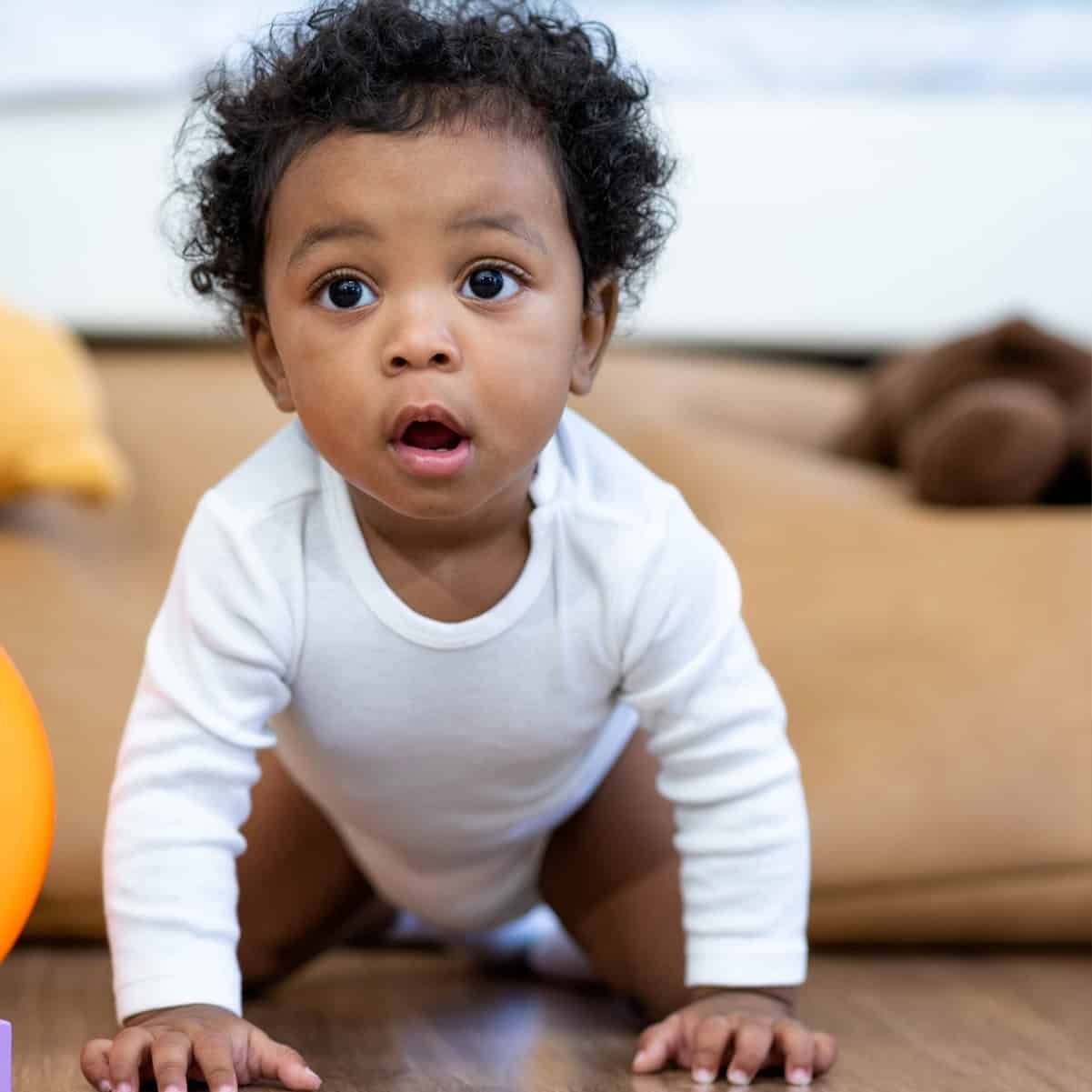Why Crawling Before Walking is Essential: Insights from a Pediatric Physical Therapist
As a pediatric physical therapist, one of the most frequently asked questions I receive from parents is: “Does my child really need to crawl before walking?” While the Centers for Disease Control and Prevention (CDC) recently updated its developmental milestone guidelines, no longer considering crawling a prerequisite for walking, I firmly believe that crawling holds immense value for a child’s physical, cognitive, and emotional development. Let’s dive into why crawling is more than just a phase—it’s a cornerstone of healthy development.
The Benefits of Crawling
1. Strength and Coordination
Crawling builds foundational strength in the arms, shoulders, core, and legs. This strength is critical not just for walking but also for other gross motor skills like climbing, jumping, and running. When babies crawl, they also develop bilateral coordination—the ability to use both sides of their body together in a harmonious way. This coordination becomes essential for tasks such as writing, playing sports, and even tying shoelaces.
2. Cross-Body Movements and Brain Development
Crawling involves reciprocal motion, where one arm moves in coordination with the opposite leg. This cross-lateral movement helps create connections between the two hemispheres of the brain. These neural pathways play a crucial role in cognitive functions such as problem-solving, spatial awareness, and even reading comprehension later in life. Skipping crawling may leave gaps in these critical developmental areas.
3. Sensory Integration
Crawling exposes babies to a variety of sensory experiences. They feel different textures under their hands and knees, learn about depth and distance as they navigate their environment, and develop vestibular and proprioceptive awareness. These sensory systems help children understand where their bodies are in space, improving balance and coordination for future activities.
4. Hand and Wrist Development
The weight-bearing aspect of crawling is vital for strengthening the hands and wrists. This development sets the stage for fine motor skills like grasping a pencil, cutting with scissors, or buttoning a shirt. Children who skip crawling may struggle with these tasks because their hand muscles haven’t had the opportunity to develop fully.
5. Visual Scanning and Visual Motor Skills
Crawling encourages babies to look around their environment while moving, promoting visual scanning skills and developing visual motor skills. These activities require coordination between their eyes and hands as they reach for objects or navigate their path, setting the stage for future tasks like catching a ball or writing. As they shift their gaze between their hands, knees, and the path ahead, they practice tracking objects and adjusting their focus. These skills are fundamental for reading, writing, and navigating their surroundings later in life.
The Implications of Skipping Crawling
When children skip crawling, they often bypass the developmental milestones that crawling naturally fosters. This doesn’t mean a child who skips crawling is destined for developmental delays, but it does suggest that certain skills may require additional support or intervention. For example:
Weaker Core Muscles: Without the core strengthening gained from crawling, children may find it harder to maintain balance or sit with good posture.
Delayed Coordination: The absence of cross-lateral movement can affect later skills like running, jumping, or even academic tasks like reading.
Sensory Processing Challenges: Children who skip crawling might struggle with sensory integration, leading to difficulties in physical or classroom activities.
What Does the CDC Say?
The CDC recently updated its guidelines to reflect milestones that 75% of children meet at specific ages. While this change is meant to provide clarity for parents, it’s important to remember that developmental milestones are averages, not absolutes. Just because crawling is no longer considered a necessary milestone doesn’t mean it lacks value.
The CDC’s stance reflects a broader range of developmental patterns, acknowledging that not all children follow the same path. However, as physical therapists, we understand the benefits of encouraging crawling as part of typical motor development.
Encouraging Crawling at Home
If your baby is nearing walking age and hasn’t spent much time crawling, don’t worry—it’s never too late to incorporate crawling activities. Here are some tips:
Tummy Time: Tummy time strengthens the muscles needed for crawling. Gradually increase the duration as your baby becomes more comfortable.
Set Up a Crawl-Friendly Space: Create a safe area with soft mats, cushions, or obstacles to encourage your baby to explore on all fours.
Use Toys as Motivation: Place a favorite toy just out of reach to entice your baby to crawl toward it.
Crawling Races: Make crawling a family activity. Get down on the floor and crawl with your baby to model the behavior and make it fun.
What If My Baby Skips Crawling?
If your baby skips crawling altogether, there’s no need to panic. Many children develop perfectly fine without crawling, but it’s worth keeping an eye on their strength, coordination, and motor skills. If you notice any delays or challenges, a pediatric physical therapist can assess your child and provide targeted interventions to address any gaps.
Conclusion
Crawling is a vital developmental milestone that lays the groundwork for future physical, cognitive, and sensory skills. While the CDC’s updated guidelines may suggest it’s not essential, the benefits of crawling are undeniable. Encouraging crawling as part of your baby’s journey to walking can provide them with a strong foundation for lifelong learning and movement.
As a parent, your role in fostering these early milestones is invaluable. If you’re unsure about your child’s development or have concerns about skipping milestones, consult a pediatric physical therapist for personalized guidance. Remember, every child develops at their own pace, but giving them the opportunity to crawl can only enhance their journey to walking and beyond.
Until next time,
Dr. Brittany Nardone, PT, DPT

